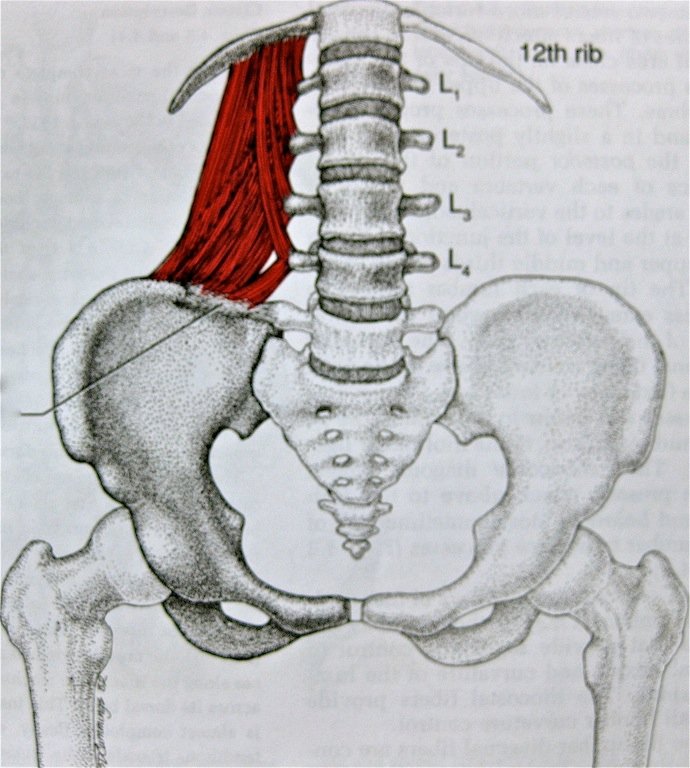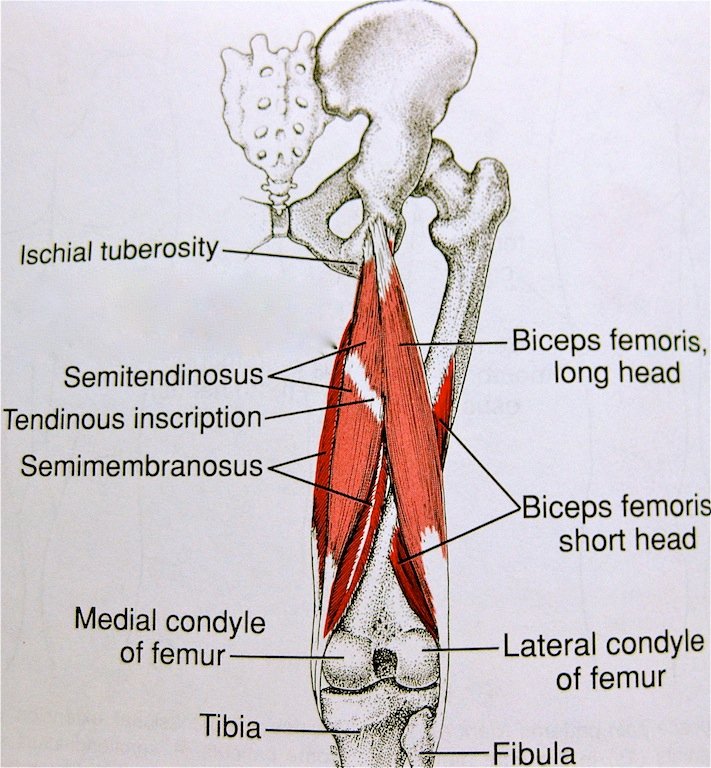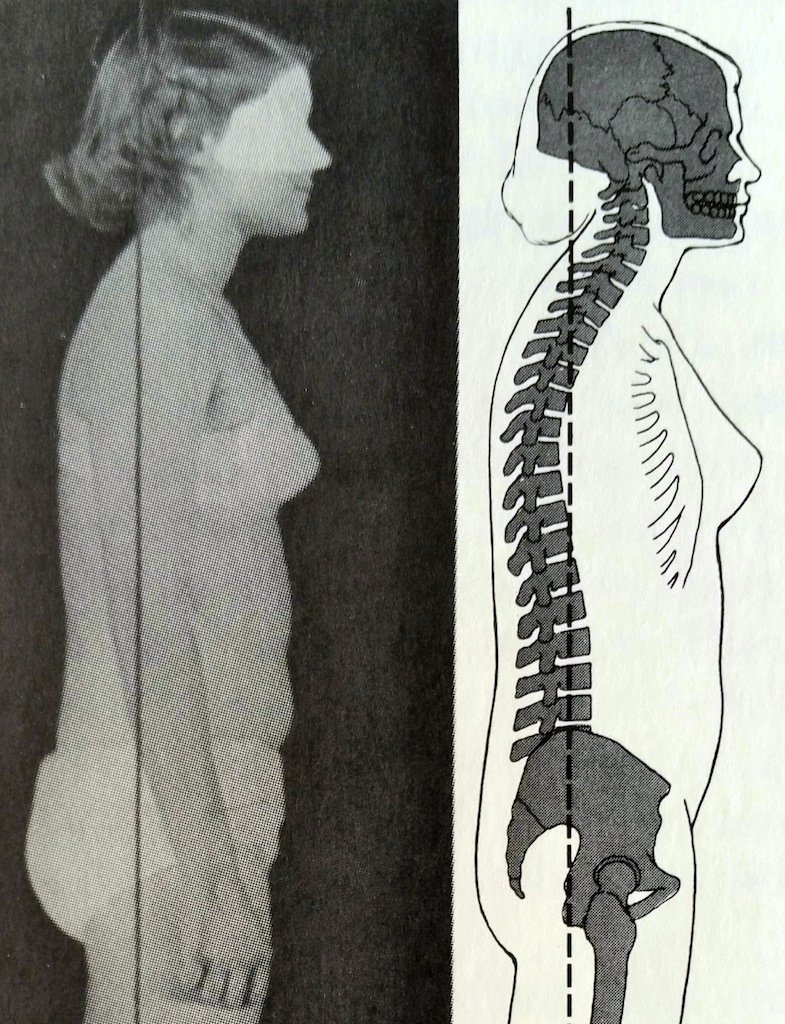Suffering From Lower-back Pain?
According to the National Institute of Neurological Disorders and Stroke, 80% of adults will at some point in their lives suffer from lower-back pain.
That pain can be experienced anywhere from a chronic dull throbbing ache, to a sharp “take your breath away” stab in the lower back. Either way, lower-back pain can render you incapacitated.
For most, that pain means the muscles of the lower back are spasming. So, in order to feel better:
- Rest
- Apply heat (heating pad or hot bath)
- Massage therapy
- Stretch gently
- Wait
Eventually, your lower-back muscles will release.
Unfortunately, the underlying cause still exists. Therefore, almost certainly your lower-back pain will return. Every time your lower-back spasms, a little more damage (possibly permanent) will occur.
What Damage Can a Lower-back Muscle Spasm Do?
- When muscles are tight for extended periods, circulation can be disrupted, causing muscle tissue to die. Dead muscle is replaced with scar tissue. Inelastic scar tissue further hampers movement.
- Lower-back muscles are attached to the vertebrae. When muscles tighten (spasm), the discs in between get squeezed and can suffer damage. Eventually, the discs can herniate and press onto the nerves. Ouch!
- Bone spurs can develop on the vertebrae and can press onto the nerves. Ouch!
Wouldn’t it be better to deal with the underlying cause as soon as possible?
What if your lower-back pain isn’t really about your lower back? What if there’s an underlying cause elsewhere in your body and your lower-back spasm is simply a consequence? Wouldn’t you like to eliminate the underlying cause so that your lower-back pain is banished forever?
Four Common Underlying Causes of Lower-back Pain
This article is about tight hip flexors causing lower-back pain. There are three other common causes covered in the three following articles:
We’ve chosen these four problems because clinically, it’s what we see most often. These four simple fixes have brought the most success to our patients with lower-back pain.
Tight Hamstrings
Check out the picture. The hamstrings are attached to the lower pelvis.
If your hamstrings are tight and shortened, they’re tugging on the bottom of your pelvis. In retaliation, your lower back tugs on the top of your pelvis and is now tight from the exertion. The tug-of-war hurts!
Tight hamstrings can be common with people who run or who participate in a sport that requires a lot of running.
Hamstrings Stretch
- Straighten one leg, but keep the knee soft (do not press the back of your knee down into the carpet).
- Keep your lower back straight.
- Bend forward from your hip. Reach toward your ankle, allowing your hand to rest on your leg.
- You should feel this stretch on the back of your thigh.
- Hold for one minute (by the clock) on each side.
Warning:
- It’s easy to gain more movement from rounding out your lower back. Never do this! This alone can cause lower-back pain. Keep your lower back straight and untwisted.
- Ensure your weight is placed equally on both sides of your butt.
People With Hypolordosis Are More Susceptible
We use the term, “hypolordosis” to describe the lower back when it is missing the gentle, concave curve.
Hypolordosis can be natural and pain-free, but is often accompanied by tight shortened hamstrings. People with this posture are more susceptible to lower-back pain and will always benefit from stretching their hamstrings. In fact stretching on a regular basis can eliminate back pain.
No body is the same as another. Bone structure differs, requiring muscles, tendons, and ligaments to be different lengths and attach at varying angles. To gain the most success, pay close attention to how each exercise feels.
– LEONG Orthopaedic Health
personal training
by appointment only. Please email:
LeongOrthopaedicHealth@gmail.com
If you like this article, please share it!
All rights reserved; no part of this publication may be reproduced or transmitted by any means, electronic, mechanical, photocopying or otherwise, without prior permission. Copyright 2015





